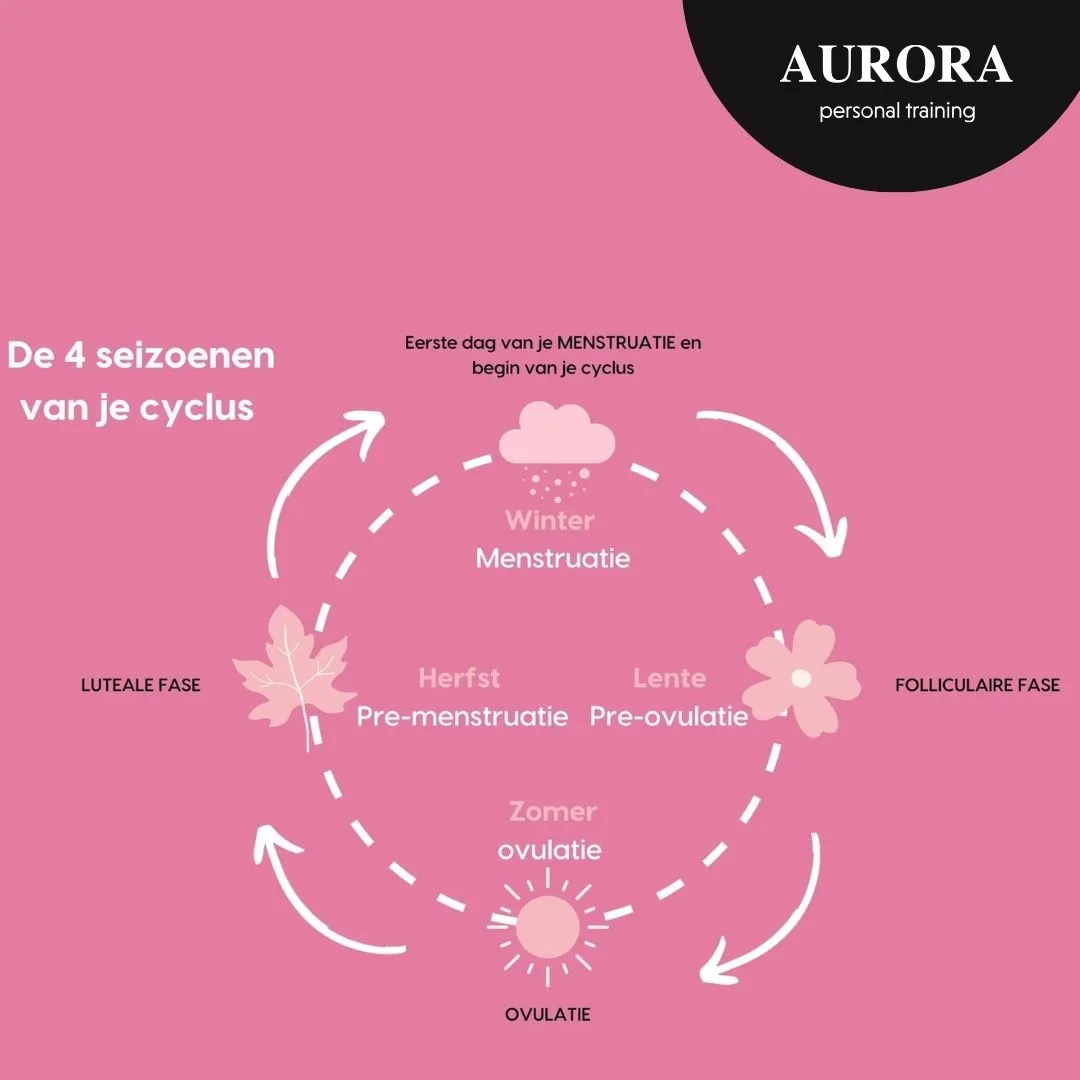Strength Training During the Menstrual Cycle
You probably recognize this: for weeks you’re unstoppable, you have energy for 10, lots of strength during your workouts, and you’re on a roll with a healthy diet, and then suddenly you have a week where you can’t move forward, you have cravings, you’re tired, and your workouts are harder than last week. This is probably related to your menstrual cycle. Your hormones and menstruation significantly influence your athletic performance. In the blog post below, we’ll explain what your cycle looks like and how you can best adapt your training and nutrition to your cycle.
The four phases of the menstrual cycle during strength training
Your menstrual cycle consists of four different phases, which are also named after the four seasons. In each phase, your body has different needs, which you can adjust your diet and exercise to. A menstrual cycle lasts an average of 28 days. Everyone has a unique cycle, so you may be a few days above or below this. A “normal” cycle falls between 21 and 35 days.
Phase 1: Menstrual Phase – Winter (Day 1-5)
Your new menstrual cycle begins on the first day of your period and lasts an average of 1 to 7 days. From this stage onward, hormone levels slowly rise again. During the menstrual phase, the body experiences (heavy) bleeding and sometimes painful cramps. In addition, the body may feel heavy and tired.
Strength training in this phase
Light-intensity strength training, yoga, or walking can relieve pain and reduce stress in the body. Heat, such as a hot water bottle or a warm bath/shower, also helps. This increases blood circulation, which can reduce pain.
Why?
Your body is busy recovering and needs more energy for other processes. This is a good time to work on your technique, do mobility exercises, and train gently without pushing yourself to the limit.
Power supply
During this phase, iron-rich foods are important due to the blood loss. These are primarily foods like red meat, beans, lentils, and green leafy vegetables. Make sure you eat nutritious, warm meals during your menstrual period. Warm meals will help reduce cramps and are easier for your body to digest. A cold meal like a bowl of yogurt or a salad requires a lot of energy to digest during menstruation, and your body is already working hard during menstruation.

